Cbt Worksheets For Anxiety: Cbt Worksheets For Anxiety & Example
Worksheets don’t have to be boring. Think of a classroom humming with energy or a calm kitchen table where children confidently tackle their projects. With a bit of flair, worksheets can shift from mundane exercises into interactive aids that motivate discovery. Regardless of whether you’re a mentor crafting exercises, a homeschooling parent seeking freshness, or simply an individual who appreciates teaching delight, these worksheet ideas will spark your imagination. Let’s plunge into a realm of options that combine knowledge with pleasure.
19 Cognitive Behavioral Therapy Worksheets Anxiety - Free PDF At
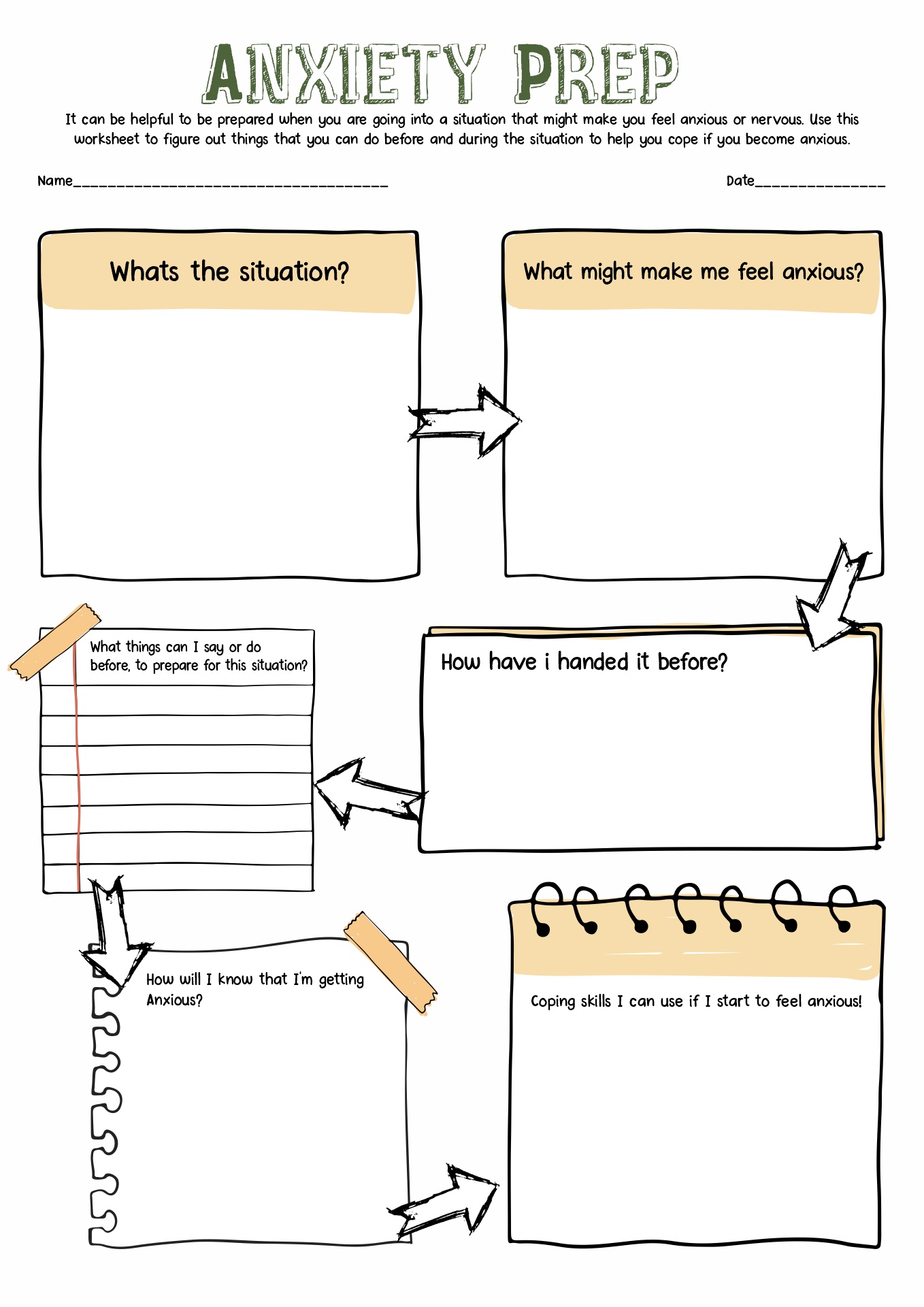 www.worksheeto.comFree Printable Cbt Therapy Worksheets
www.worksheeto.comFree Printable Cbt Therapy Worksheets
 hafnanttbzlessonmedia.z14.web.core.windows.net18 Anxiety CBT Worksheets For Therapy - Free PDF At Worksheeto.com
hafnanttbzlessonmedia.z14.web.core.windows.net18 Anxiety CBT Worksheets For Therapy - Free PDF At Worksheeto.com
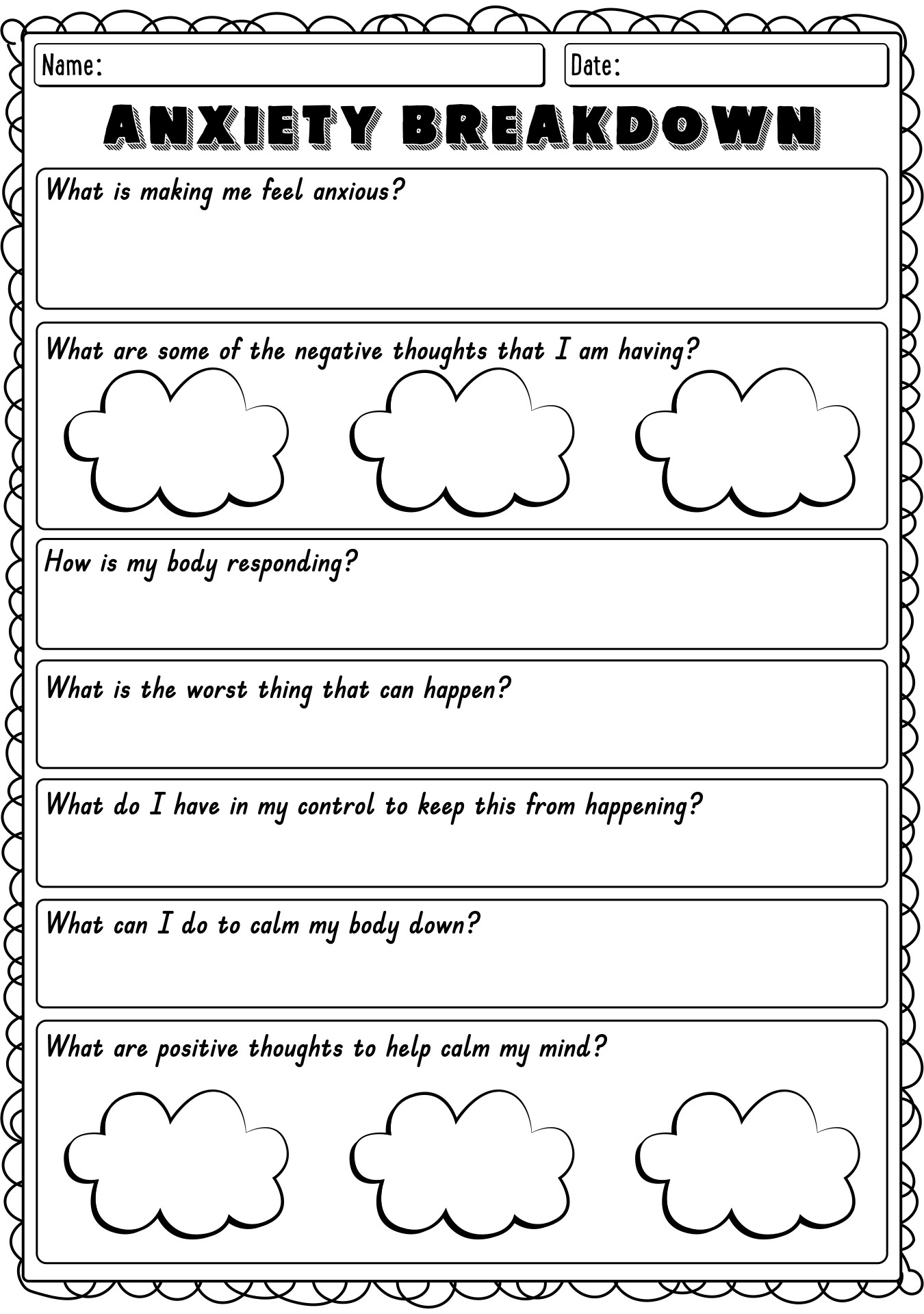 www.worksheeto.comCBT Worksheets For Anxiety & Example | Free PDF Download
www.worksheeto.comCBT Worksheets For Anxiety & Example | Free PDF Download
 www.carepatron.comCbt Worksheets For Children With Anxiety Pdf
 lessonmagicrecharts.z13.web.core.windows.netCBT Activities For Kids Ages 8-12 CBT Worksheets Anxiety - Etsy
lessonmagicrecharts.z13.web.core.windows.netCBT Activities For Kids Ages 8-12 CBT Worksheets Anxiety - Etsy
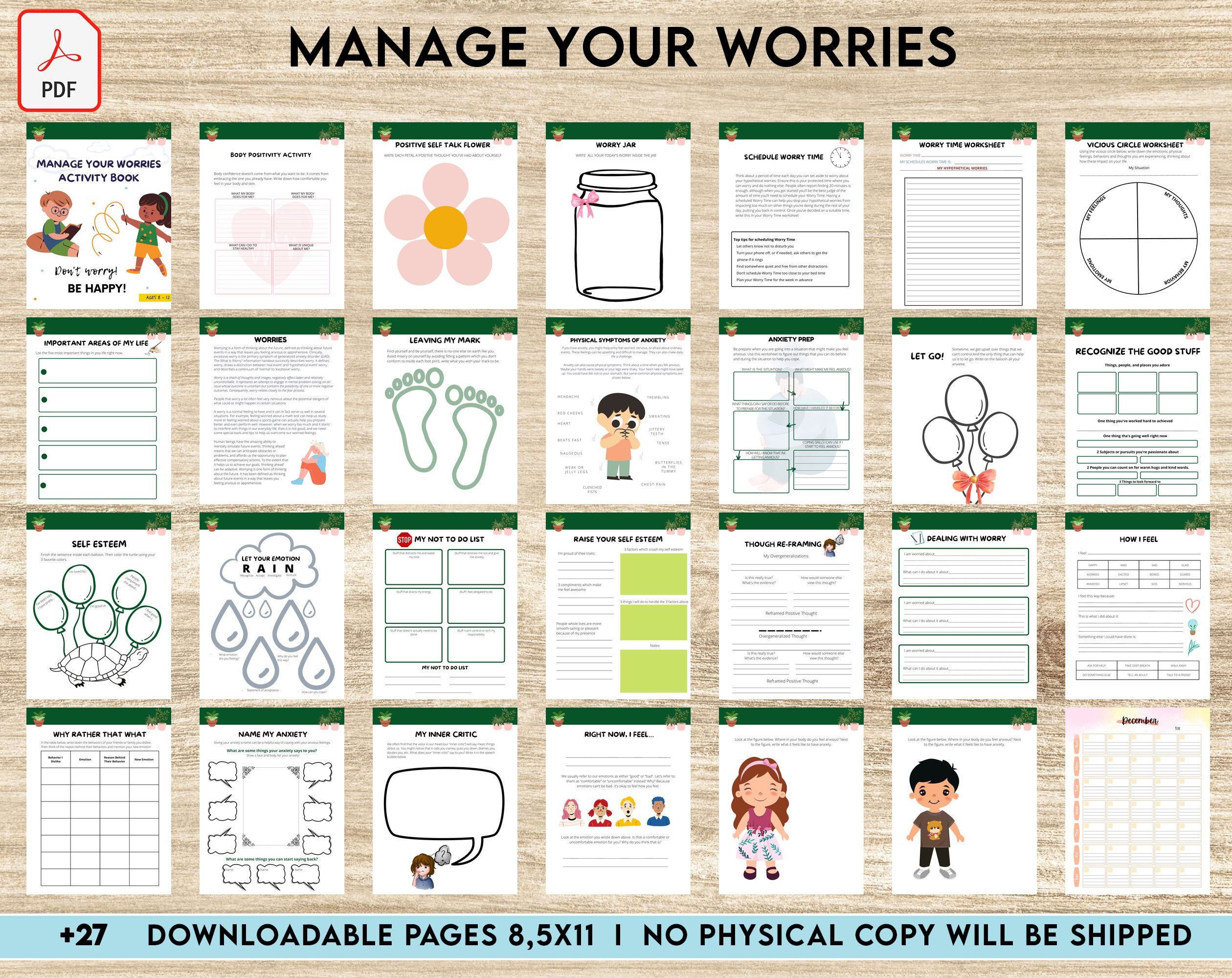 www.etsy.comCBT For Anxiety CBT Worksheets For Teens And Adults - Etsy
www.etsy.comCBT For Anxiety CBT Worksheets For Teens And Adults - Etsy
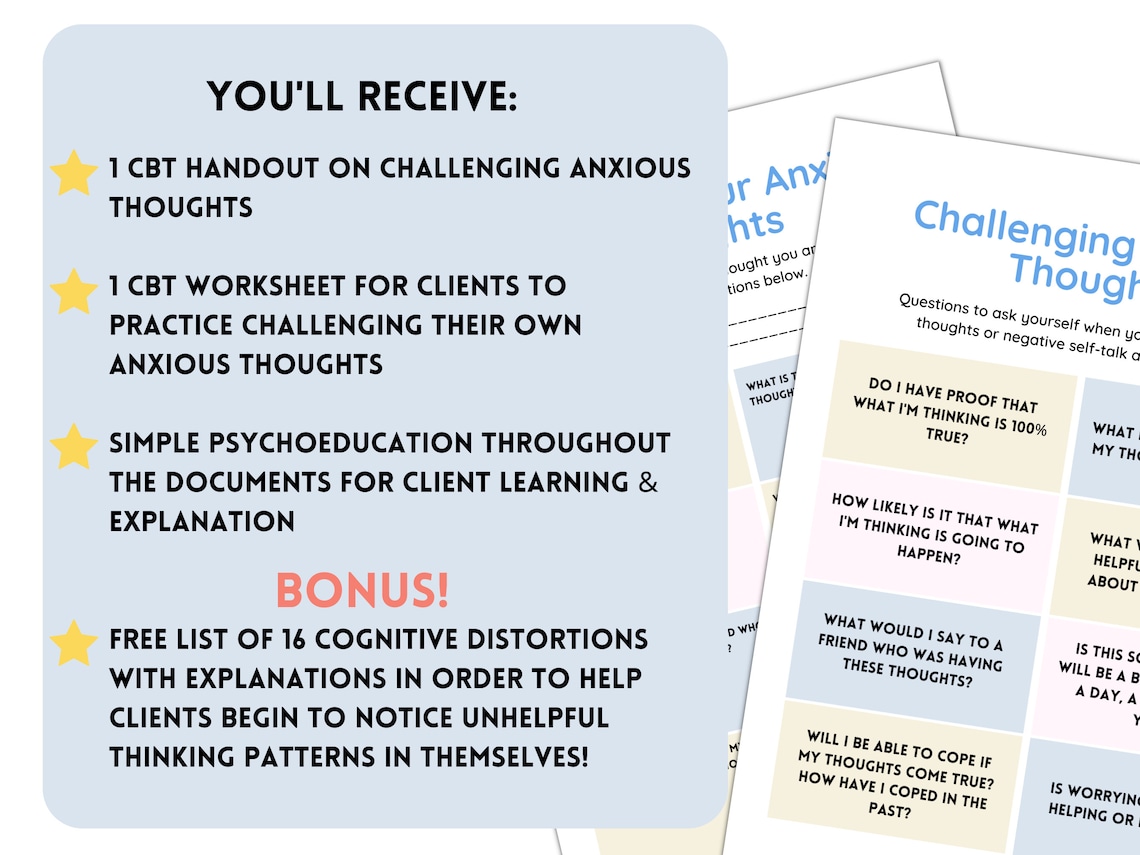 www.etsy.com19 Cognitive Behavioral Therapy Worksheets Anxiety - Free PDF At
www.etsy.com19 Cognitive Behavioral Therapy Worksheets Anxiety - Free PDF At
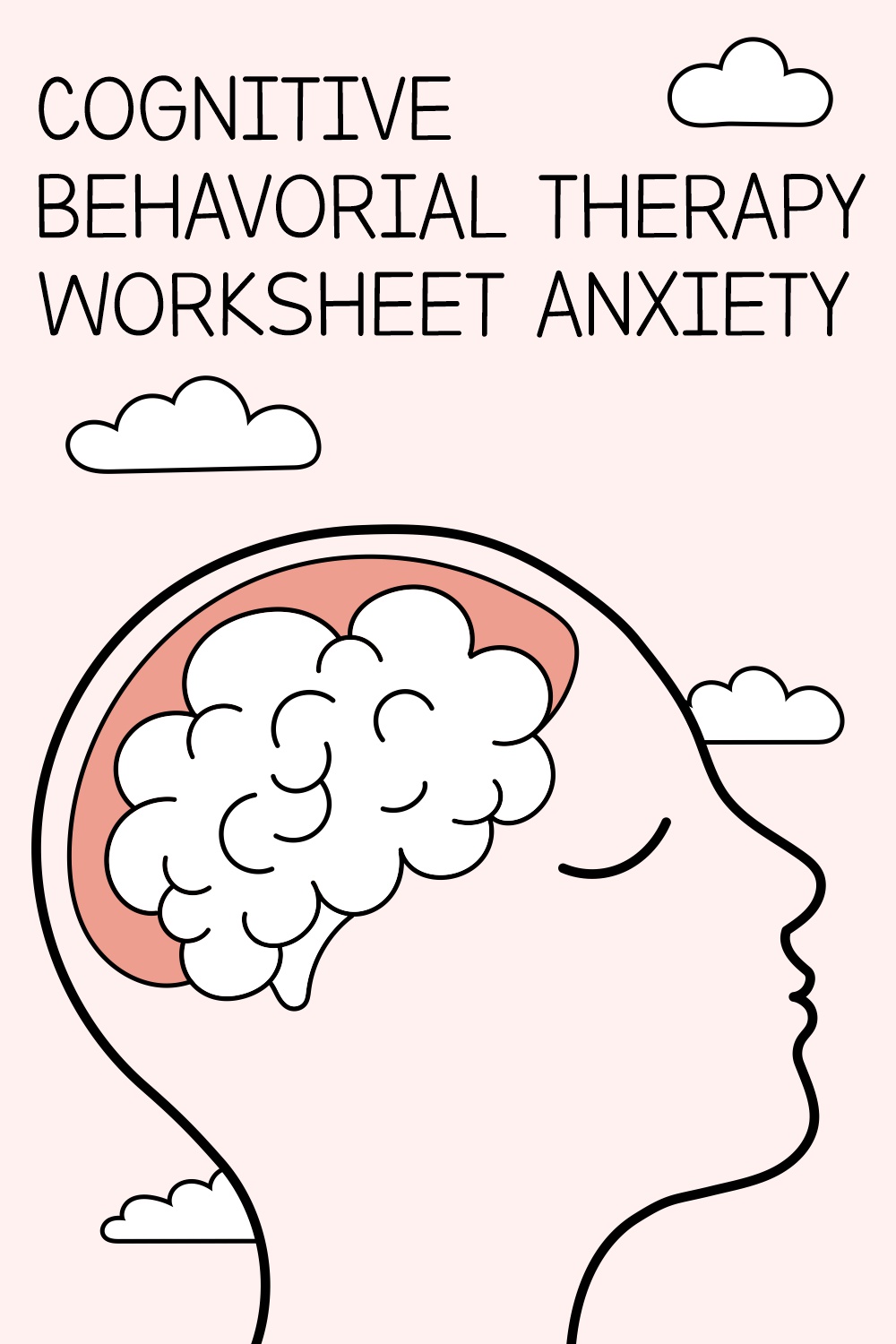 www.worksheeto.comCBT For Anxiety CBT Worksheets For Teens And Adults - Etsy
www.worksheeto.comCBT For Anxiety CBT Worksheets For Teens And Adults - Etsy
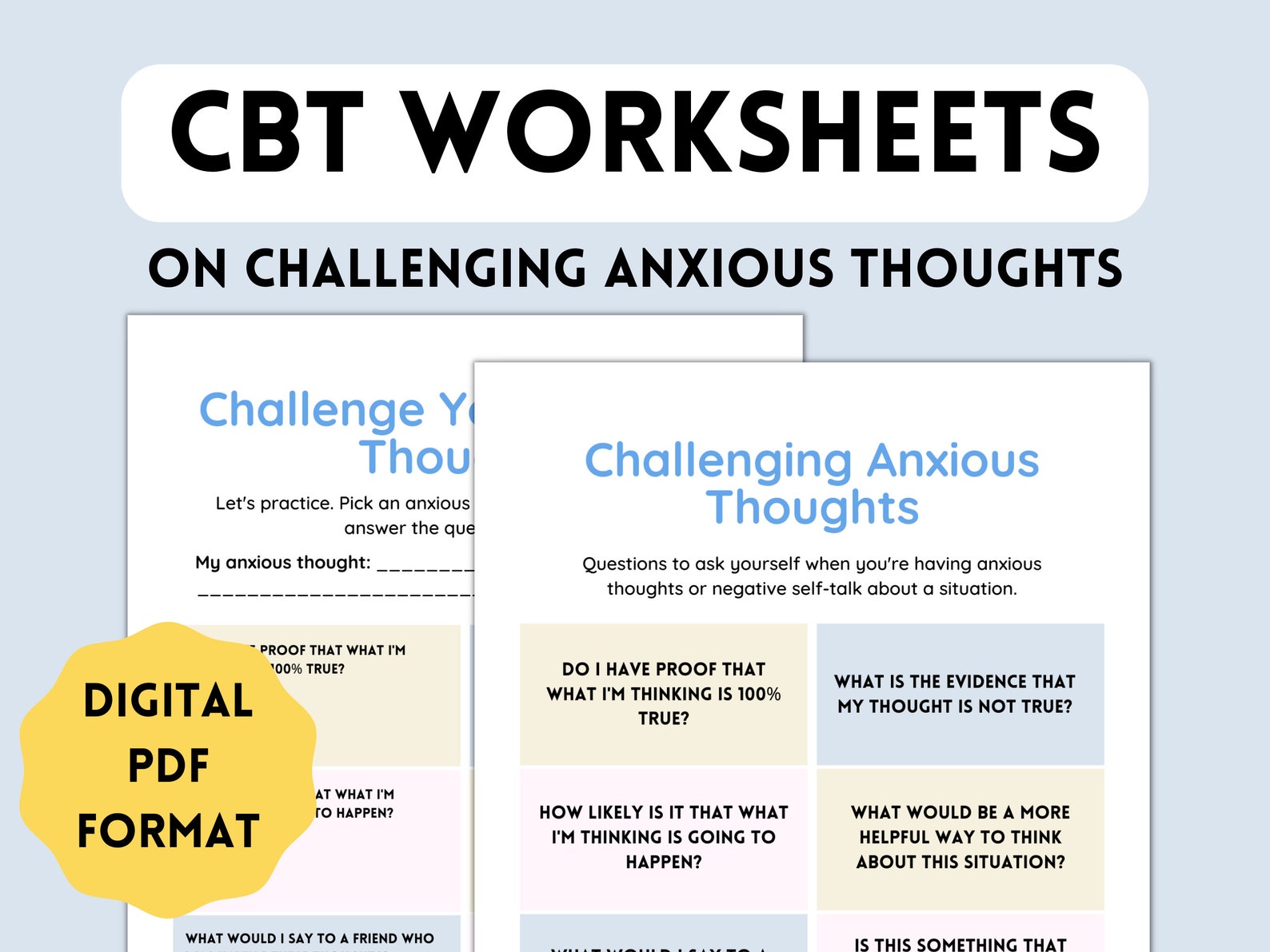 www.etsy.comAnxiety & PTSD CBT Worksheet Bundle | CBT For Adults | Cognitive
www.etsy.comAnxiety & PTSD CBT Worksheet Bundle | CBT For Adults | Cognitive
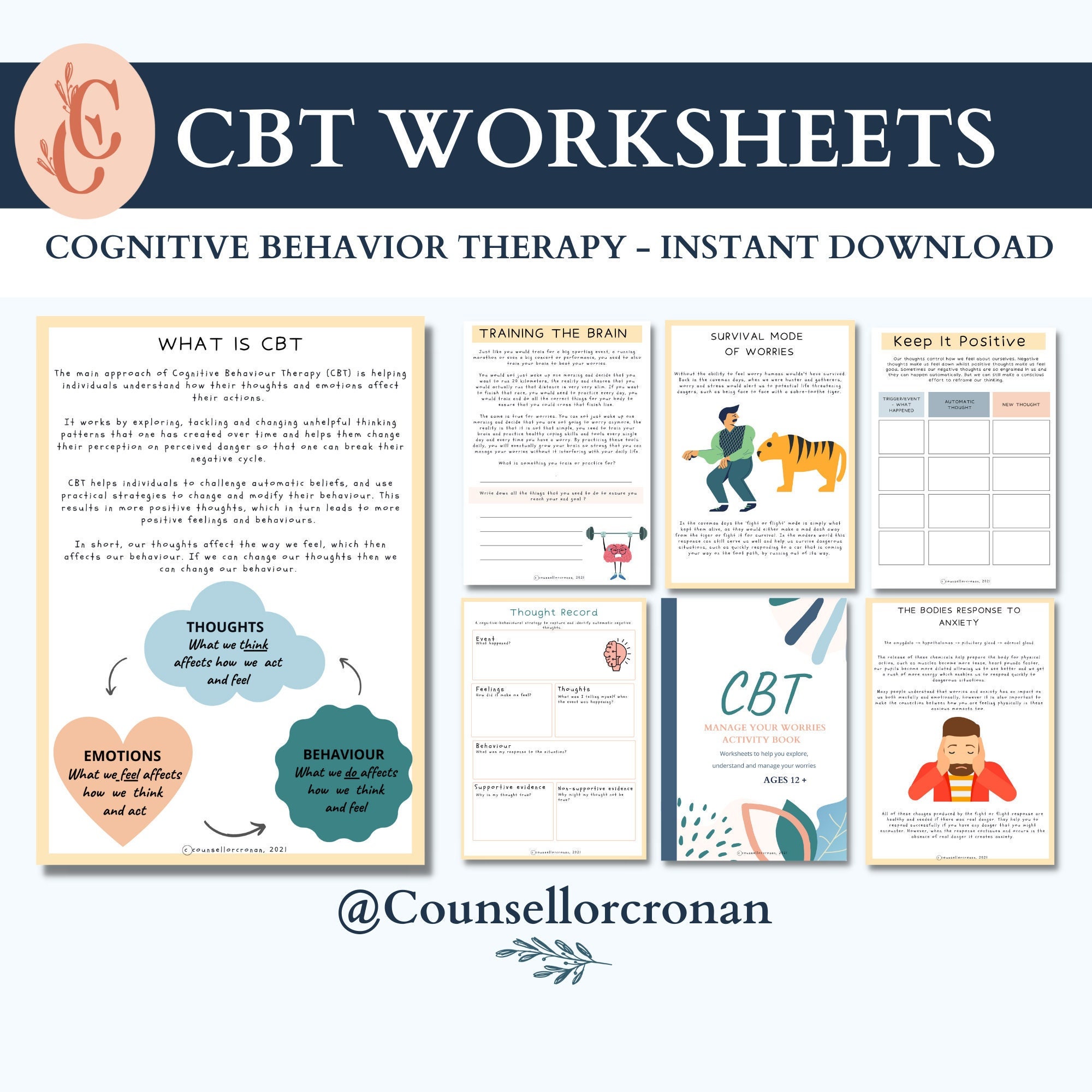 worksheets.clipart-library.comWhy Worksheets Matter Worksheets are not just simply written exercises. They reinforce ideas, support independent thinking, and offer a concrete approach to measure growth. But check out the kicker: when they’re carefully planned, they can additionally be enjoyable. Have you ever considered how a worksheet could serve as a game? Or how it would nudge a learner to explore a theme they’d typically overlook? The key is found in diversity and fresh ideas, which we’ll uncover through doable, interactive ideas.
worksheets.clipart-library.comWhy Worksheets Matter Worksheets are not just simply written exercises. They reinforce ideas, support independent thinking, and offer a concrete approach to measure growth. But check out the kicker: when they’re carefully planned, they can additionally be enjoyable. Have you ever considered how a worksheet could serve as a game? Or how it would nudge a learner to explore a theme they’d typically overlook? The key is found in diversity and fresh ideas, which we’ll uncover through doable, interactive ideas.
1. Tale Building Through Word Gaps In place of usual blank completion exercises, experiment with a creative twist. Provide a snappy, odd plot beginning like, “The explorer wandered onto a glowing shore where…” and add spaces for verbs. Students add them in, building silly stories. This doesn’t stay just sentence practice; it’s a innovation spark. For small children, include goofy cues, while more advanced teens would explore descriptive terms or twist turns. Which tale would you imagine with this structure?
2. Brain Teasing Math Challenges Arithmetic needn’t feel like a burden. Design worksheets where figuring out tasks unlocks a mystery. Visualize this: a chart with numbers placed over it, and each proper answer reveals a section of a secret design or a coded message. As another option, craft a crossword where hints are math tasks. Simple basic exercises may fit newbies, but for advanced thinkers, tricky challenges could spice things up. The engaged act of cracking keeps students hooked, and the bonus? A vibe of pride!
3. Treasure Hunt Version Discovery Switch research into an journey. Design a worksheet that’s a scavenger hunt, guiding kids to locate info about, for example, beasts or historical figures. Mix in prompts like “Search for a mammal that hibernates” or “Name a hero who governed pre 1800.” They can dig into texts, online sources, or even talk to family. Since the challenge feels like a journey, excitement climbs. Join this with a next step inquiry: “What single detail surprised you biggest?” In a flash, dull effort becomes an exciting adventure.
4. Creativity Joins Study What soul believes worksheets shouldn’t be bright? Blend art and knowledge by providing room for illustrations. In experiments, kids might name a human structure and illustrate it. Time buffs could illustrate a picture from the Civil War after completing questions. The process of illustrating boosts memory, and it’s a break from wordy sheets. For change, prompt them to create a thing funny connected to the topic. What kind would a creature structure appear like if it held a party?
5. Pretend Scenarios Hook dreams with acting worksheets. Give a setup—perhaps “You’re a mayor planning a community event”—and add questions or jobs. Students might work out a plan (math), pen a talk (writing), or sketch the event (geography). Though it’s a worksheet, it seems like a challenge. Big stories can challenge bigger teens, while simpler ones, like planning a pet show, match small children. This method mixes subjects seamlessly, teaching how knowledge relate in actual situations.
6. Mix and Match Vocab Fun Vocabulary worksheets can sparkle with a link twist. Write words on a side and unique definitions or samples on another column, but slip in a few red herrings. Children link them, laughing at wild mistakes before finding the proper links. Instead, match phrases with visuals or synonyms. Short statements ensure it quick: “Link ‘happy’ to its explanation.” Then, a bigger job emerges: “Write a sentence including a pair of linked words.” It’s playful yet learning focused.
7. Everyday Tasks Bring worksheets into the current time with real world challenges. Pose a task like, “How would you shrink mess in your house?” Students dream up, note plans, and share only one in full. Or attempt a planning activity: “You’ve own $50 for a party—which things do you get?” These jobs grow deep ideas, and because they’re familiar, students keep invested. Pause for a while: how often do someone work out tasks like these in your own time?
8. Team Group Worksheets Working together can elevate a worksheet’s impact. Make one for tiny groups, with individual learner handling a section before joining ideas. In a history lesson, a single might list times, someone else stories, and a final consequences—all connected to a single theme. The team then shares and presents their work. While personal work is key, the common purpose builds togetherness. Exclamations like “Us rocked it!” frequently follow, showing learning can be a team sport.
9. Riddle Figuring Sheets Tap into wonder with secret focused worksheets. Open with a hint or hint—possibly “A creature stays in the sea but takes in breath”—and provide questions to focus it down. Children apply smarts or study to solve it, writing solutions as they go. For literature, excerpts with hidden pieces shine too: “Who grabbed the loot?” The suspense holds them hooked, and the act improves thinking smarts. Which puzzle would someone want to figure out?
10. Looking Back and Dream Setting Wrap up a lesson with a thoughtful worksheet. Invite kids to scribble down items they picked up, which challenged them, and one plan for the future. Quick prompts like “I’m totally proud of…” or “Later, I’ll give…” fit awesome. This is not scored for rightness; it’s about reflection. Pair it with a imaginative flair: “Doodle a award for a skill you nailed.” It’s a soft, amazing style to wrap up, fusing insight with a bit of joy.
Wrapping It It All Together These plans prove worksheets are not trapped in a hole. They can be challenges, tales, drawing pieces, or shared activities—any style works for your students. Begin easy: pick just one suggestion and change it to suit your lesson or approach. Before long, you’ll hold a collection that’s as lively as the folks trying it. So, what is blocking you? Pick up a marker, dream up your unique twist, and observe interest climb. What tip will you try at the start?